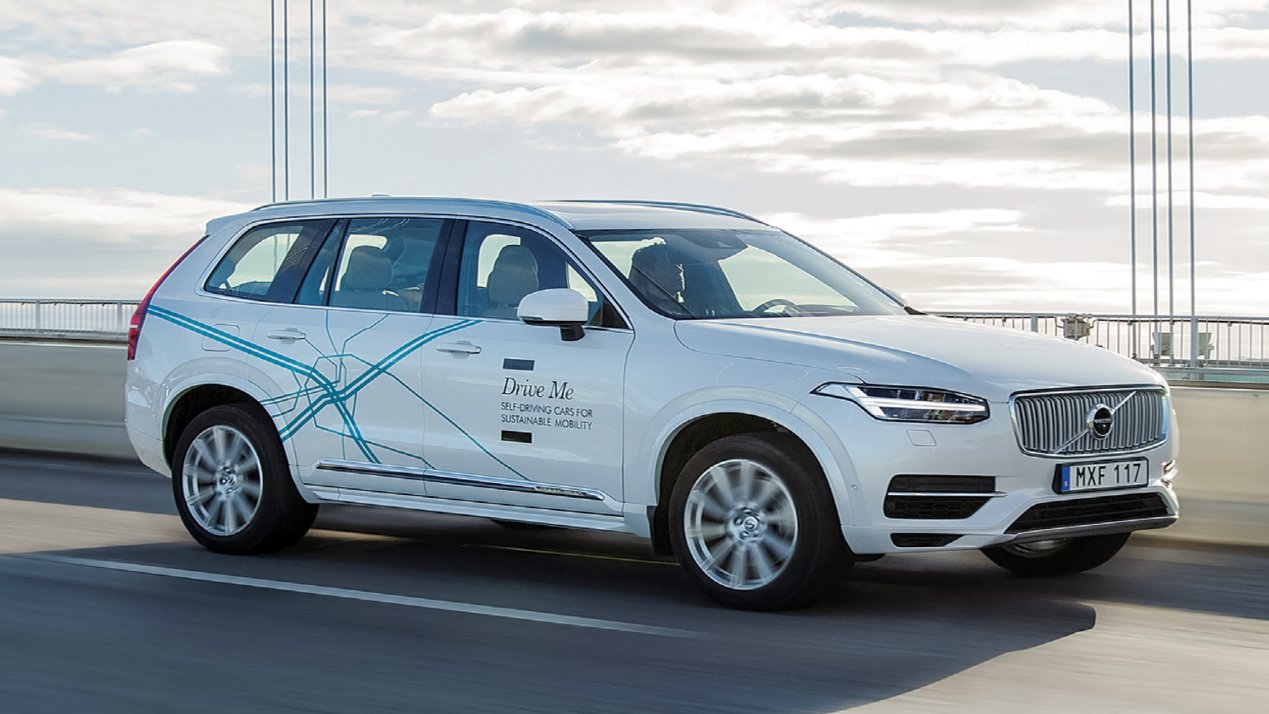
Joint Efforts Toward Self-Driving Technology
Faster commutes, better quality of life and fewer road accidents are the advantages most often cited for selfdriving cars. Volvo and Uber are among those who see the concept as the future, and they are putting their money behind their belief.
The two market leaders are joining forces to develop the next generation of autonomous vehicles, undertaking a US$300 million joint venture to develop vehicles boasting the latest autonomous driving technology. Uber, a leading ride-sharing app, says it expects autonomous cars to eventually replace those driven by people.
Unlike its competitors, Uber is not developing its own cars but leaning toward agreements with well-established car manufacturers. In this case, Volvo Cars will manufacture the base vehicle to which Uber will add its autonomous driving system. Volvo is a world leader in safety systems, famous for inventing the three-point seatbelt. The company was also one of the pioneers in autonomous drive technology, having noticed the time commuters waste in traffic. “We are very proud to be Uber’s partner of choice, one of the world’s leading technology companies,” says Håkan Samuelsson, President and CEO of Volvo Car Group.
The vehicle will incorporate Volvo’s Scalable Product Architecture (SPA), a modular chassis system that is part of a US$11 billion development program. SPA gives all Volvo vehicles a fixed base to which the purchaser can add a series of extra features. The platform is already used in the Volvo XC90, the S90 sedan and V90. All necessary safety and redundancy features for self-driving operations will be incorporated according to Volvo and Uber’s specifications.
While this vehicle is expected to be ready in 2021, Uber is already offering self-driving rides in Pittsburg, supervised by a human driver. The chosen vehicle is an adapted Volvo XC90, a luxury SUV that received the highest safety rating awarded by the Insurance Institute for Highway Safety, as well as numerous prizes including Motor Trend’s 2016 SUV of the Year. Although it is monitored by a driver, the XC90 is fitted with many features such as sensors, cameras and GPS to ensure safety. This autonomous vehicle will place both companies in what Samuelsson calls the “current technological revolution in the automotive industry.”
This is not a one-time project. Both companies expect the collaboration to be a long-term partnership that revolutionizes mobility solutions.















